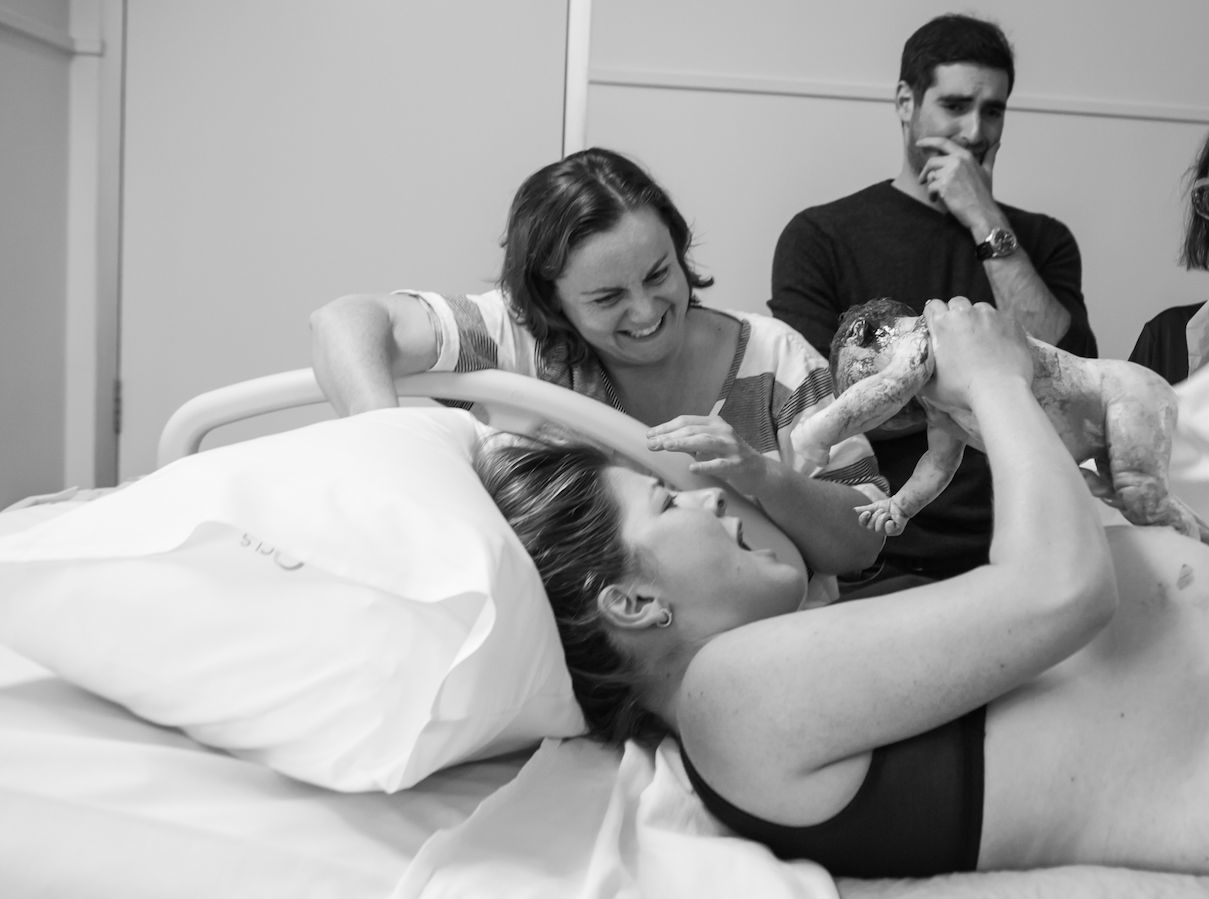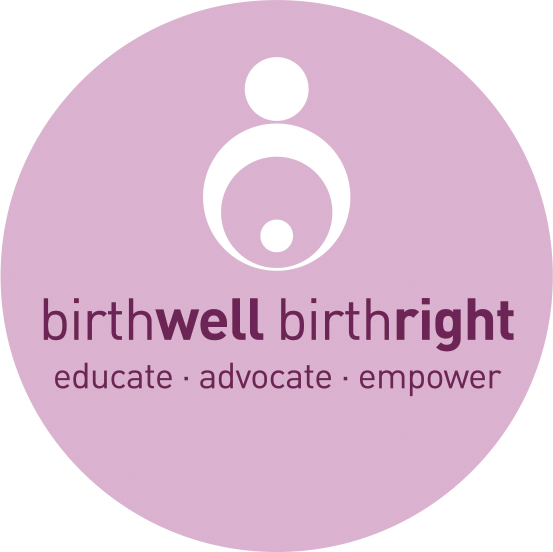VBAC Your Way
Every woman is different and needs to make her own decisions about how she wants to give birth. Look for the answers you need to help you feel safe and confident to labour for a VBAC.
Evidence tells us that allowing birth to begin and proceed normally without unnecessary medical interventions is safer and healthier for mothers and babies, and is less likely to progress to a caesarean section (Sakala & Corry, 2008). A caesarean can be a life-saving procedure for the mother and/or her baby. However, leading maternity care authorities have concluded that too many women with healthy pregnancies are having a caesarean when short- and long-term harms of this major abdominal surgery outweigh the benefits (American College of Obstetricians and Gynaecologists & Society for Maternal-Foetal Medicine, 2011). In Australia, one in three women give birth by caesarean section. Twice as many as recommended by the World Health Organization (Wagner, 1994).
Only 28% of Australian women who have had a prior Caesarean are given an opportunity to try for a VBAC. The remaining 72% will have a repeat Caesarean. Of the 28% who try for VBAC, 58% succeed in our hospital system.
birthwell birthright’s unique online VBAC Your Way course will provide you with all the current evidence-based information and resources you need to maximise your chances of having a successful VBAC.
Our goal is to help women make informed decisions about how they want to give birth and to encourage an honest and respectful dialogue with their caregivers. Providing accurate information and resources about VBAC can help childbearing women and their families avoid the risks associated with caesarean section.
“…a woman labouring in a low-stress environment surrounded by care providers who are relaxed and confident of her ability to give birth, who make decisions collaboratively with her, and who help her deal with any fears and anxieties is more likely to do well in labour and progress to vaginal birth than a woman who feels she needs to be in defensive mode or who feels unsafe, doubtful, or frightened.” ~ Goer, H. & Romano, A. (2012). Optimal Care in Childbirth: The Case for a Physiologic Approach.


